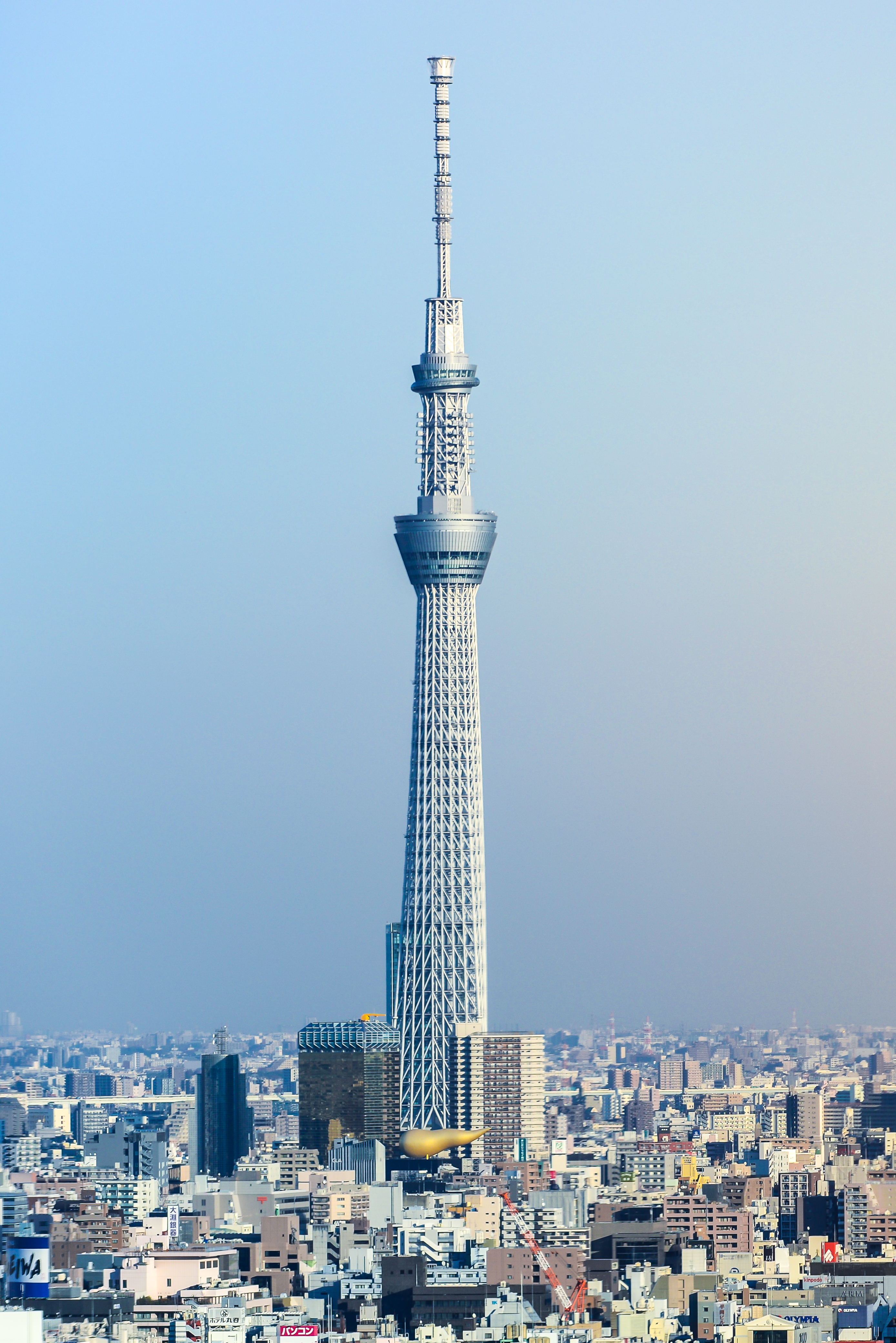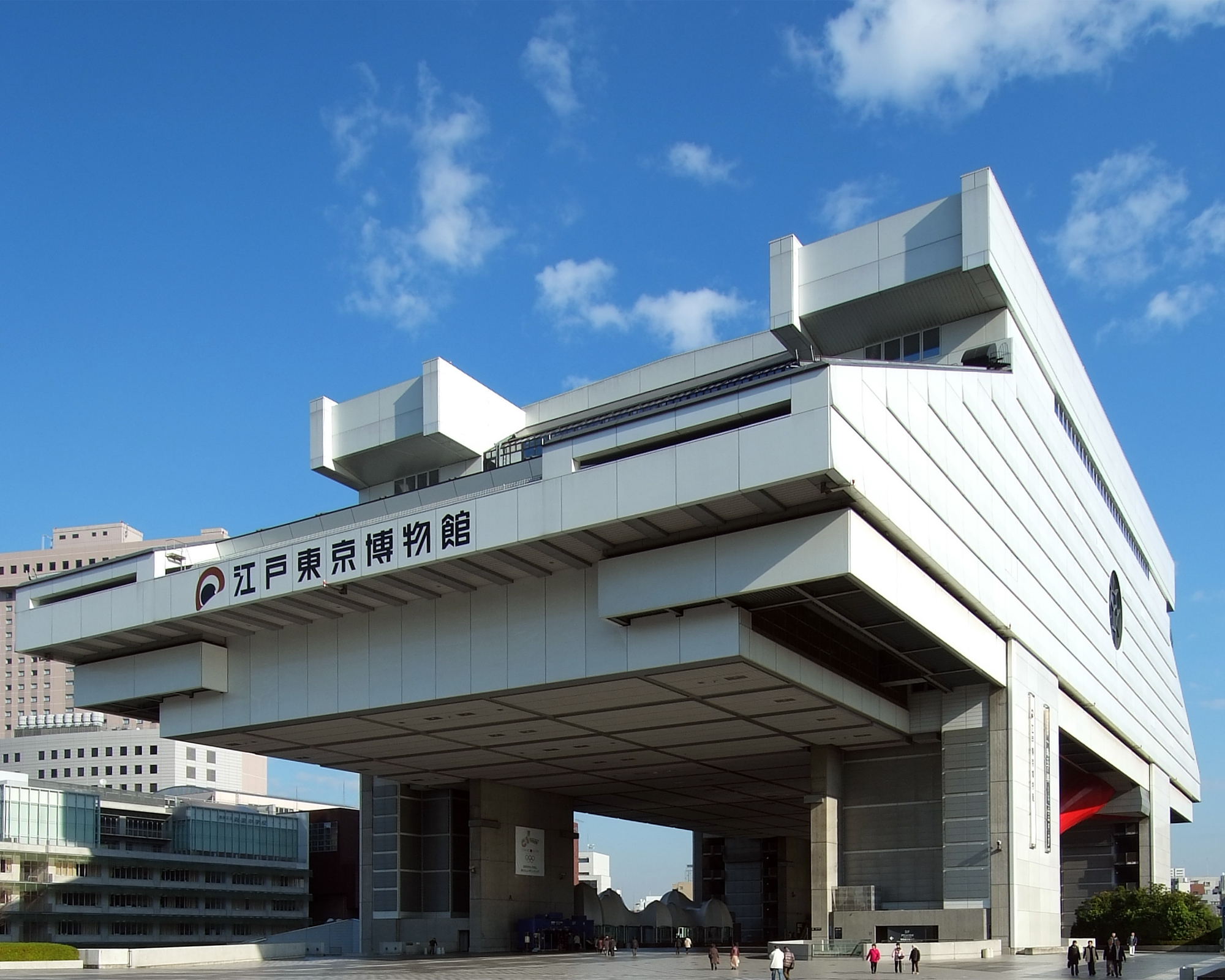Life in Tokyo runs like a well-tuned music video, with an energy that borders on madness and obsession to new trends quickly renders obsolete ideas ... But despite the popularity of Tokyoites tuned for modernity, metropolis retains traditional facet, not always visible on the first glance.
Beyond the frenetic consumerism of shopping and the latest achievements architectural facades glittering Tokyo glimpse fragments of old Japanese culture.
SUMO Fights
Highly ritualized and more athletic than it looks, fighting sumos are amazing and must if you stay in Tokyo during the season show. Related to the Shinto religion, sumo probably goes back some 2,000 years, but it has become a sport in its own right until the seventeenth century. His vocabulary is still steeped in Shinto ideas and concepts, such as the handful of coarse salt wrestlers lay on the ground to purify and decoration of doyo (ring).
The rules are simple: the winner is the rikishi (wrestler) who managed to take down part of his opponent's body (except feet) inside the doyo or grows outside. Do not be fooled by the appearance of big baby sumos because they hide in reality mountains of muscles!
Tournaments or basho are held in January, May and September under the green roof of Ryōgoku Kokugikan. The best seats ringside, are reserved for the privileged, but the lodges, which sleep four, also guarantee a good view of the fighting. Servers happi (short coat) and rope sandals provide meals and tea to the audience.
HARAJUKU & OMOTE-SANDŌ
In Japan, shopping is a national pastime - and even a competitive sport - in which Gucci bags and Chanel sunglasses are both fashion accessories and trophies that one day it is reported shopping marathon. Despite their disheveled appearance, the outfits are the subject of scientific calculations, whether the place of safety pins on a schoolgirl kilt or fuchsia in a zigzag cutting the Iroquois. Result of this obsession for fashion, shopping, beautiful as sculptures are erected monuments to brands they house. While well-established brands like Louis Vuitton, Dior and Prada chose Omotesando is to Ura-Hara (the name given to the narrow streets of Harajuku) that small shops and brands represent the spirit of "independence." In the streets that start from Omotesando, are also installed shops and thrift stores. Further south, Aoyama (map) is the address of the big brands more elegant (and more expensive)
Tsukiji Market
Before being cut into sashimi, most fish passing through Tokyo Tsukiji Market. Nerve center of Tokyo cuisine, one of the most amazing markets in the world: everything is here at a frenetic pace. The energy expended by all men and women, just imagine the tremendous collective effort that made it possible to transform in less than two hundred years vulgar marshland into one of the world's most modern cities. The market is expected to move Toyosu in 2016: enjoy it while there is still time ...
The opening takes place before dawn for the arrival of the fish and the fish auction. The activity still in full swing around 7am. Allow shoes who fear nothing (the ground is wet and dirty) and watch out for electric trucks that circulate in the narrow alleys.
You can then join the foreign market where hundreds of small stalls selling pottery, kitchenware, knives and groceries at prices well below those of department store prices products. Finally, nothing like a breakfast of sushi extra costs that melt in your mouth bluefin tuna. A controversy has committed about bluefin tuna overfished and endangered.
GOLDEN GAI
Stubbornly resistant to the shadows of skyscrapers, the narrow streets of Golden Gay are an anomaly in a city obsessed with modernity. They are home to tiny taverns, sometimes so tight they can only accommodate a handful of guests at a time ... They come alive at night, when lights Tokyo. Strolling through this small neighborhood of Shinjuku, it really looks like that time has stand still.
Gradually, as the owners of the old institutions are retiring, a new generation print style while remaining true to the spirit of Golden Gay. Note that some bars do not accept that the Japanese or the only regulars. Those hosting foreigners also offer a unique atmosphere for a drink.
GHIBLI MUSEUM
Those who still compare Hayao Miyazaki Walt Disney have obviously never seen his creations. Between surreal landscapes, anthropomorphic objects and supernatural characters, Miyazaki made a mesmerizing world, supported by a narrative in the service of an animation of astonishing fluidity. If the stories are for children, movies are not cutesy or condescending. It is in all its complexity, but hopefully, what depicts the child's world.
Tribute to the world of Miyazaki, Ghibli Museum contains, to the delight of fans, a cat-sized bus, a series of small rooms and towers, and a movie theater. As to the studio master, filled with original drawings, paintings, toys and antique projectors, it is a confusing realism. Each admission ticket even features an original image from a cartoon studio Ghibli.
TOKYO SKY TREE
Again, Tokyo tries to add a record to his name. After the Tokyo Tower, which topped the Eiffel Tower in the late 1950s, the Japanese capital raises the bar even higher: with 634 m height, the Tokyo Sky Tree designed by Nikken Sekkei, is the tallest tower in the world (but not the tallest building, record still held by the Burj Khalifa in Dubai). It will include two observation decks (350 m and 450 m) and the base is expected to house a shopping center with dozens of shops aquarium and planetarium. This adventure especially designed to put Tokyo in the race, while the development of other Asian capitals him from the shadows. At the urban level, this turn alters the balance of the city, giving a new impetus to the areas of the lower town (around Asakusa), it will dominate the wooden houses and temples.
Edo-Tokyo Museum
The strangely modern but traditionally inspired facade of the Edo-Tokyo Museum perfectly reflects the vocation of the museum trace the transformation of the city, since the founding of the river modest Edo (eastern capital) to current futuristic megalopolis.
The museum houses a life-size reproduction of the bridge that separates the Nihobashi Tokyo the Edo period (1615-1868) to the Meiji era (1868-1912). Typical wooden houses and workshops depicting scenes of everyday life were also reconstructed. Do not miss the models at the edge of the water near the Nihobashi, especially the market and the home of a daimyo (feudal lord). We also discover the wooden well and pipes that made up the first water supply system Edo. As for sumptuous kimonos worn by courtesans, they illustrate a more appealing aspect of urban culture at the time. Finally, enjoy a lively kabuki theater that reveals the ingenuity of special effects replica. The section on the Meiji shows using pictures, models and multimedia animations influence of Western culture on Tokyo. A detailed section is devoted to the great Kanto earthquake (1923).
Enjoy your presence in the area to also visit and Beya Ryōgoku Kokugikan (sumo school) Local.
GINZA
Tokyo's equivalent of the Avenue Montaigne in Paris, Ginza is one of the most expensive areas of the planet. Its facades are home to boutiques of major designers such as Chanel, Tiffany, Hermes and, of course, Louis Vuitton, the darling of Japanese leather goods.
If Tokyoites who can afford proudly wear the bags of these prestigious brands, shopping in Ginza, however, is not reserved only for the rich. Indeed, great paper mills, depachika (delis in the basement), department stores as well as traditional craft shops hidden among brands of haute couture. Far from being a temple of material consumption, Ginza also includes many art galleries and upscale restaurants that meet the needs of those who frequent the area.
On weekends, Chūō-dōri and some side streets are closed to traffic, allowing young children and elegant kimono to walk in the middle of crowded boulevard.


.jpg)




No comments:
Post a Comment